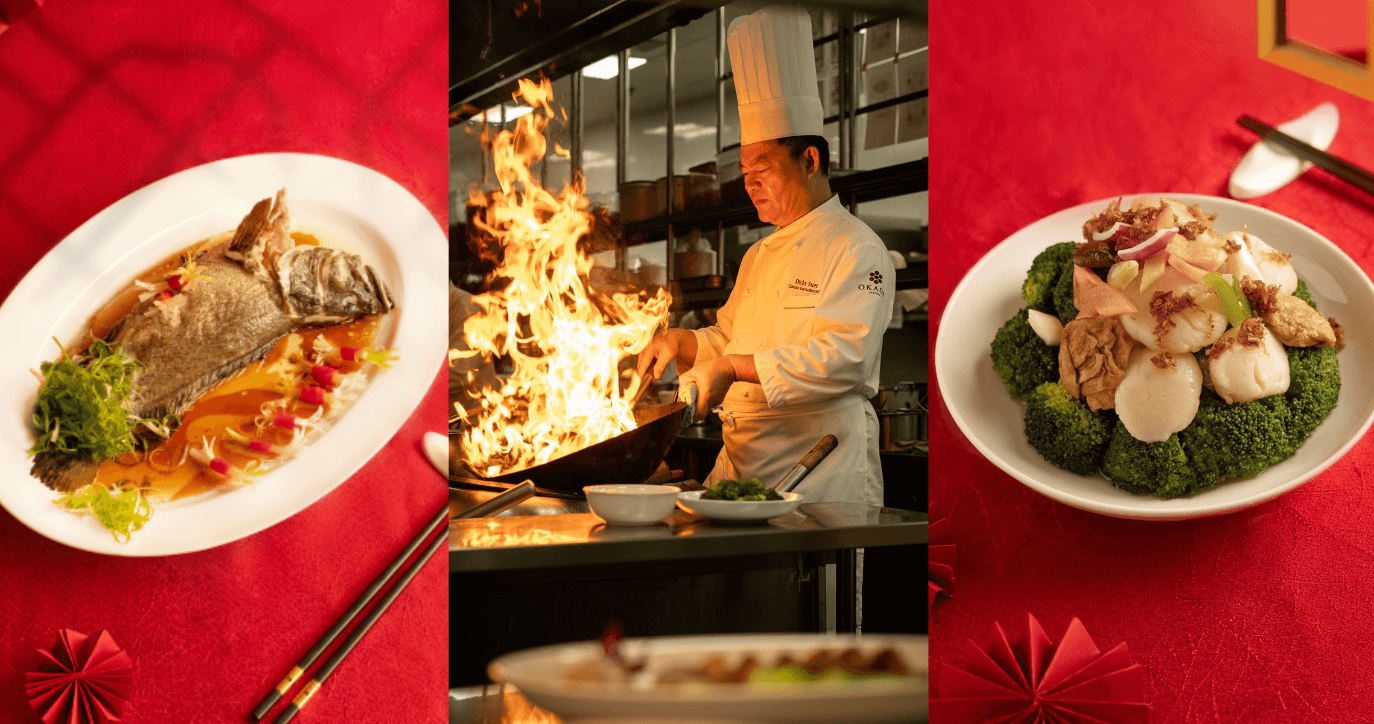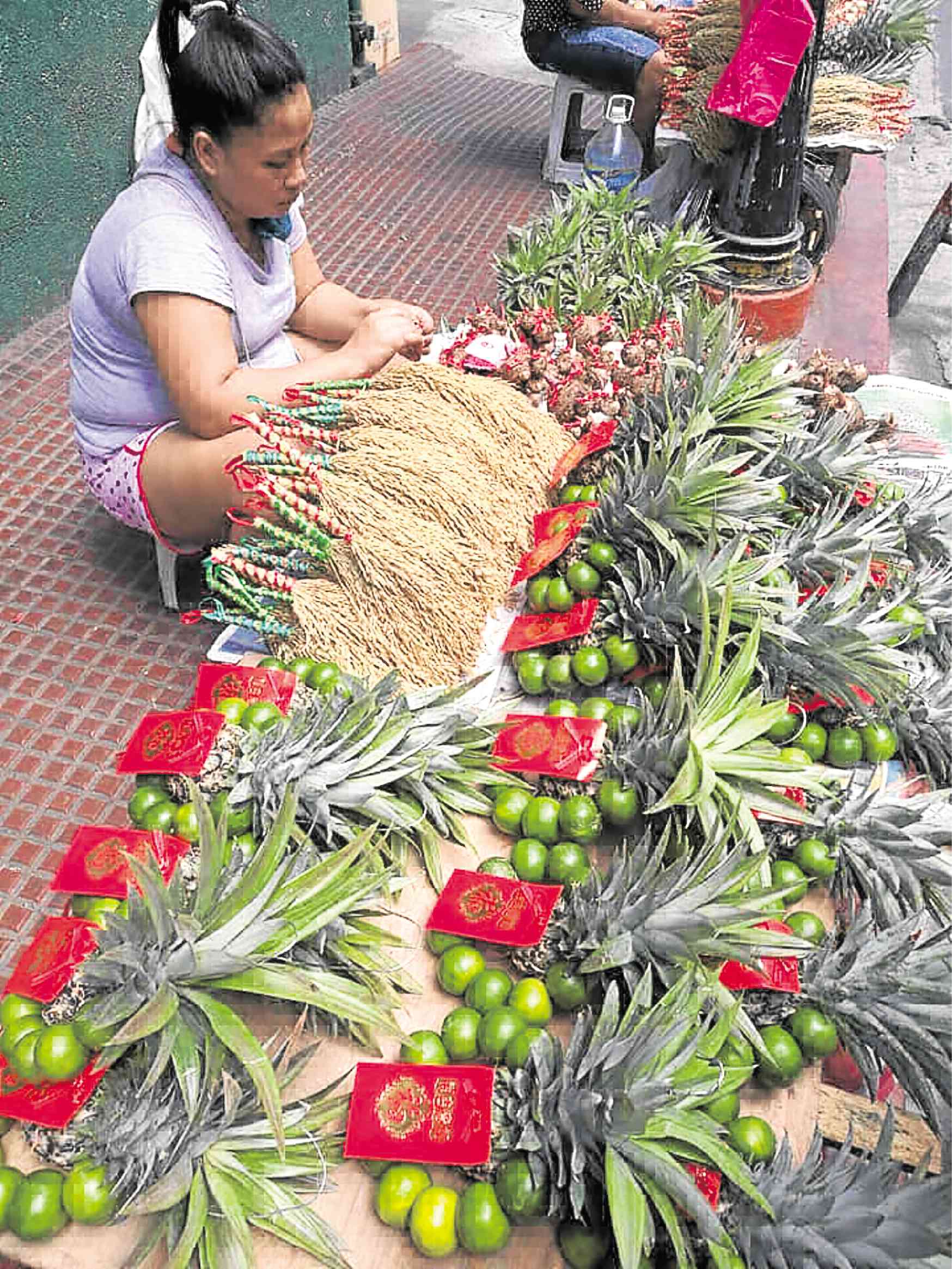
It’s been said that walking the length of Ongpin Street in Binondo—from the Minor Basilica of St. Lorenzo Ruiz to the Sta. Cruz Church—takes just 10 minutes.
With all there is to see, hear, smell, taste and touch, however, one could spend the better part of the day wandering around the little side streets, sampling dumplings, stocking up on hopia or handling the beaded bracelets and knickknacks on display.
It will be especially difficult to walk around the area this weekend with people preparing for the Lunar New Year on Feb. 5.
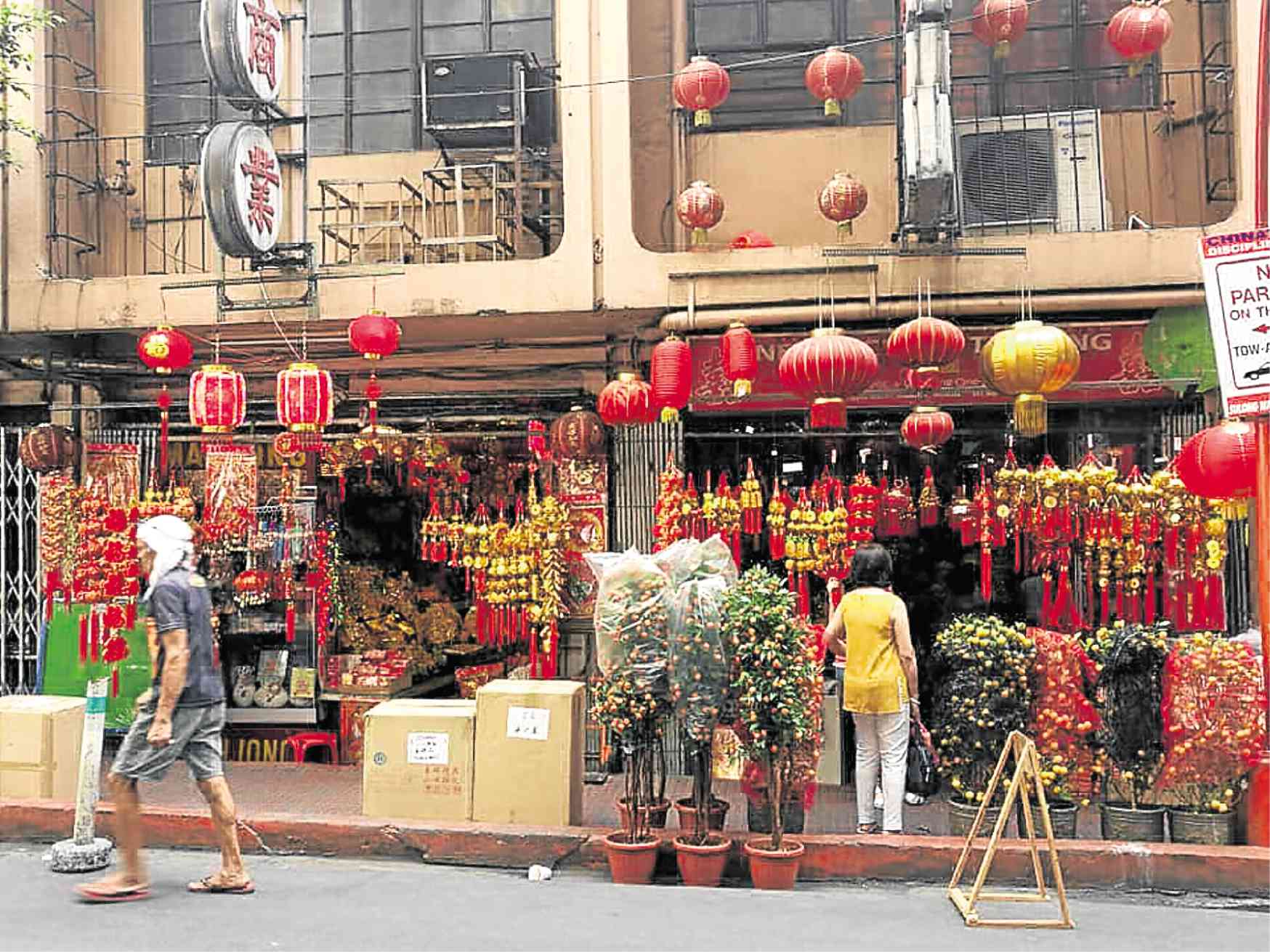
Earlier this week, we did a quick day trip, revisiting favorite haunts and buying lucky charms for friends.
Instead of taking the LRT Line 2, alighting at the Recto Station and jumping on a tricycle bound for Ongpin like we used to do, we decided to book a ride that took us straight to Binondo Church.
Oyster cake, ‘kuchay’
Creatures of habit, we began with brunch at Dong Bei Dumplings (642 Yuchengco St.). The tiny eatery serves other dishes such as oyster cake and fried rice, but people come here mainly for the freshly made kuchay (chive) dumplings and xiao long bao.
When we first visited this place maybe a decade ago, a gaggle of Chinese-Filipino women filled and crimped dumplings before the sliding glass doors. At the back of the room, a Chinese-Filipino man in sando (white tank top) hand-mixed and seasoned the chive filling in a plastic basin. Now the Chinese-Filipino women have been replaced by a trio of non-Chinese-looking Filipino women, and the man was not on site.
The prices are also higher now—P200 for 14 steamed dumplings (plain kuchay or a combination of pork and chives) compared to P120 around 10 years ago. We noticed a steady stream of customers coming in to place their orders or pick up frozen packs of dumplings, P300 for 30 pieces.
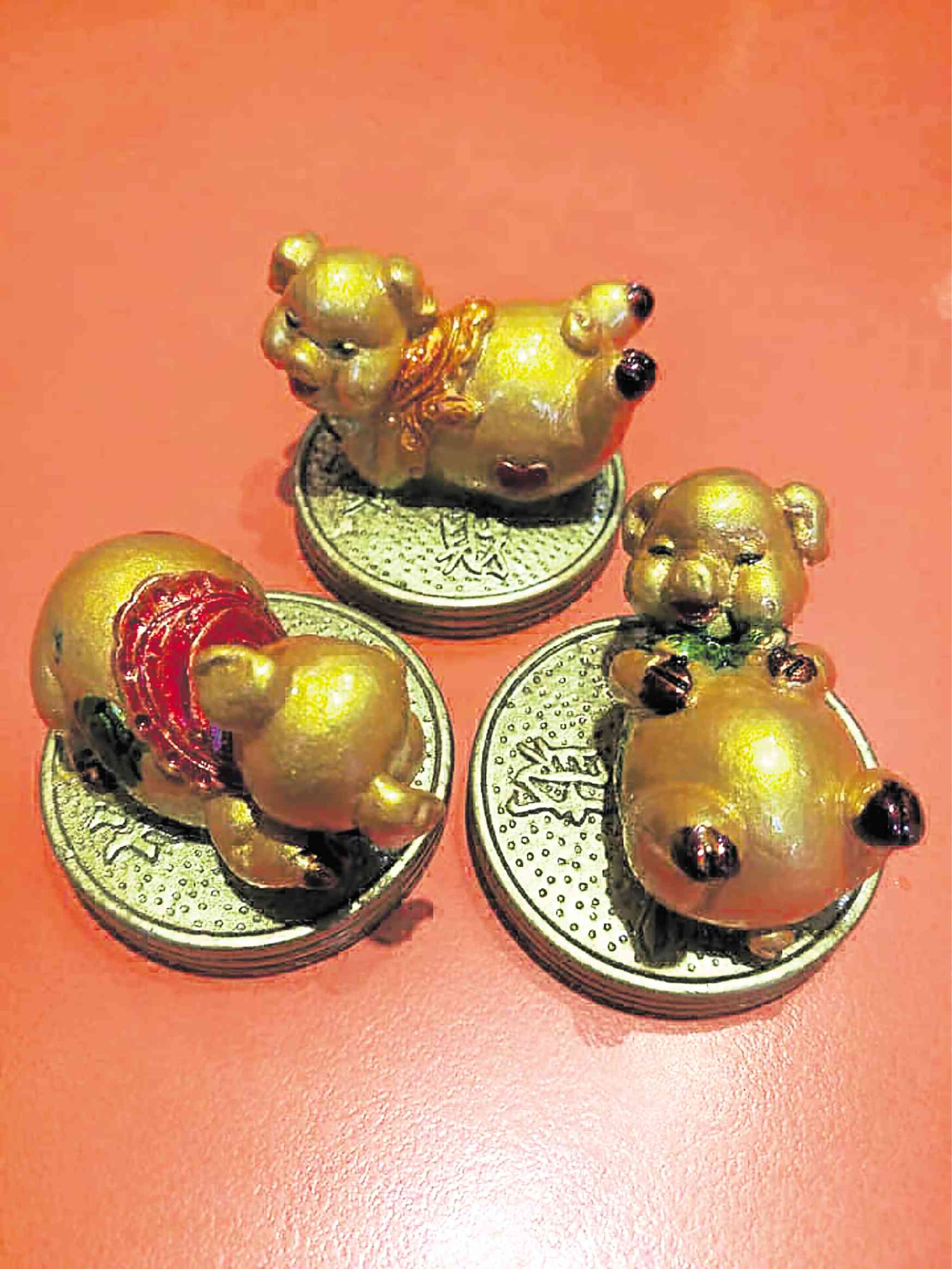
Auspicious
After brunch, we walked over to our favorite store on Ongpin to buy charms that were placed in a well-worn bronze bowl, blessed and presented to us. My friend and I exchanged charms (she bought mine, I paid for hers) because we were told that being gifted a charm is more “auspicious” than buying for oneself.
All around us, vendors were setting up shop, preparing for the onslaught of customers. Miniature orange bushes, “hairy” golden ferns, and money plants tied with red ribbons lined sidewalks or were arranged on shelves.
Ready for hanging over doorways were wreaths of dalanghita surrounding a lone pineapple. Aside from being the international symbol of hospitality, the pineapple is also an auspicious fruit because the Chinese word for it sounds like “good luck coming your way.”
Other round fruits were also on display: fresh melons, oranges and giant pomegranates (granada) appeared to have been polished and were ready to be arranged in baskets or trays. We spotted green pears shaped into smiling Buddhas priced at P400 each. The pears assume that shape, having been placed in clear plastic molds as they grew on trees.
For lunch, we headed back to Yuchengco Street on the opposite side of Ongpin, where we had our usual orders of fried chicken, kikiam and fried rice at Sincerity Restaurant (497 Yuchengco St.). The restaurant is next to stores selling various paper products and is usually lined with delivery vans, so look both ways before crossing the street.
The chicken was crispy, tasty and consistently good and all it needed was a smear of ketchup or hot sauce. Lunch for two, with drinks, almond jelly or black gulaman, was a little over P500.
Eng Bee Tin opened a three-story flagship store last July near Binondo Church. The retail area on the ground floor sells a range of flavored tikoy (rice cake) and tin foil-pack hopia (mongo, ube, pandan, kundol, custard), while The Great Buddha Café on the second floor serves meals and drinks. We had room only for coffee and buchi.
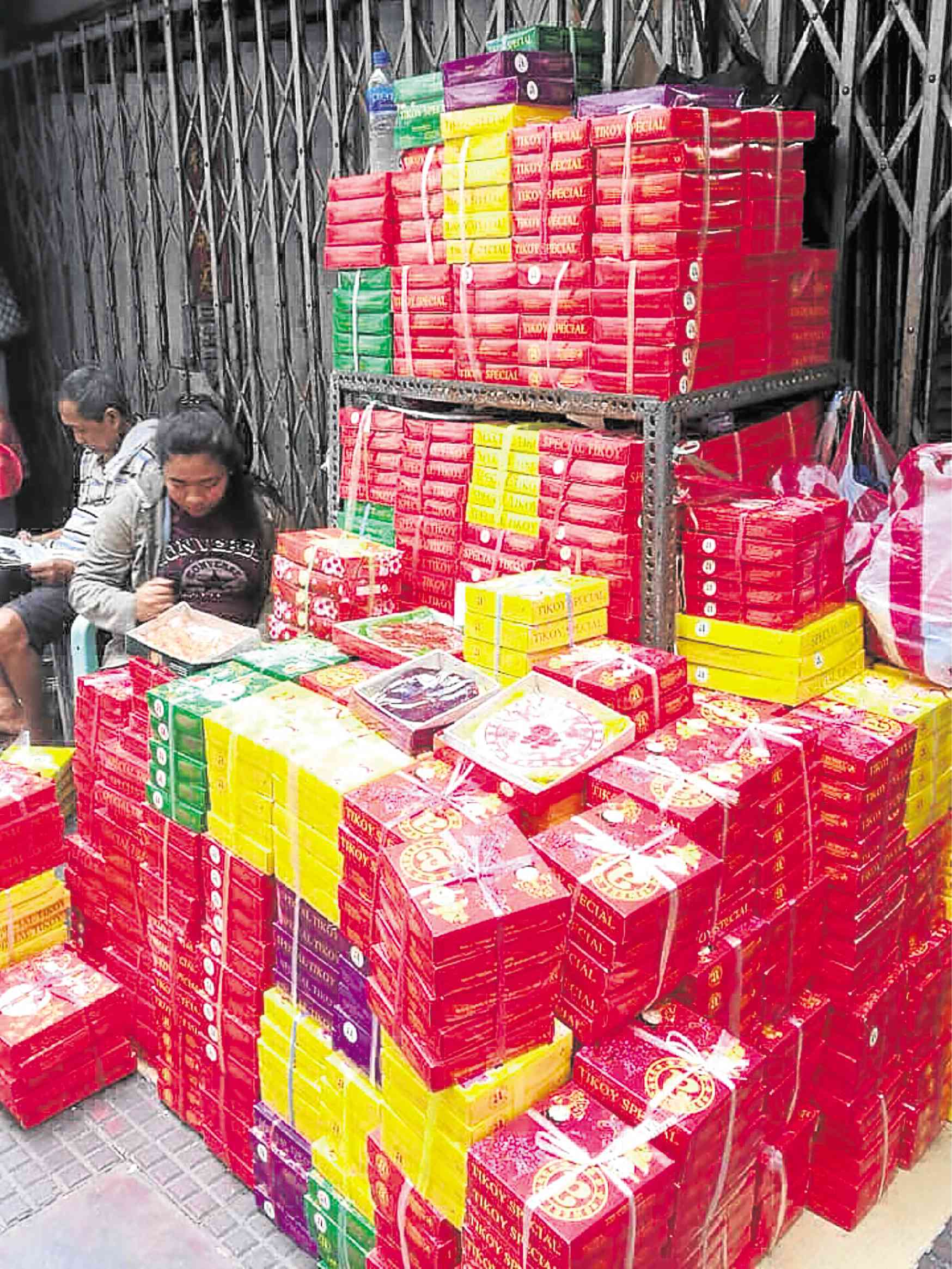
The store’s location makes it perfect for winding down after exploring favorite destinations and hidden gems in the world’s oldest Chinatown.











